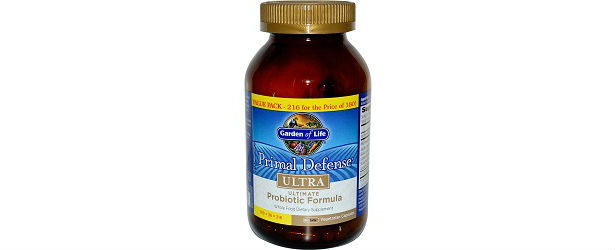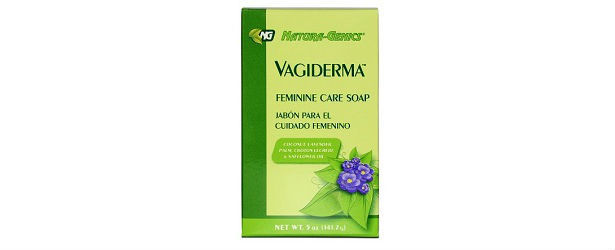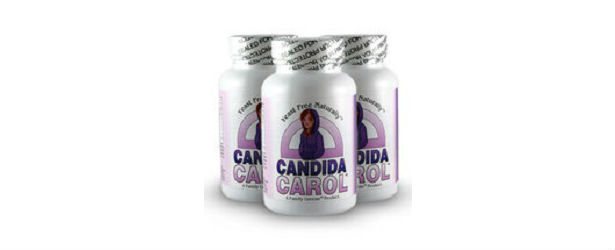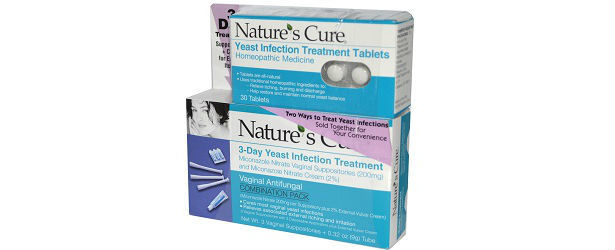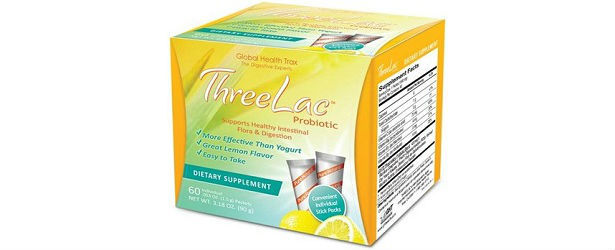
Treatments for Yeast Infections
Most yeast infections are caused by the species of microorganism called Candida. While they often require medical attention, more often than not, they do not pose a severe and serious medical threat. Signs and symptoms of yeast infections include oral thrush, rashes in the skin, itchiness in the vaginal area and other inflammations. These symptoms are brought about by the overgrowing of the yeast in the body.
 Medications used to treat yeast infections are easily available and present in drugstores. Other than over-the-counter drugs, medical doctors may prescribe other medications. When taking a medication, a person with a yeast infection should normally be feeling better in a couple of days.
Medications used to treat yeast infections are easily available and present in drugstores. Other than over-the-counter drugs, medical doctors may prescribe other medications. When taking a medication, a person with a yeast infection should normally be feeling better in a couple of days.
However, people with yeast infections whose immune system is greatly affected must consult doctors before taking any home remedy. They are the most vulnerable cases, and they pose more health complications that can be more serious and lethal.
Preventing Yeast Infections
Mouth Candidiasis or yeast infections caused by Candida sp. is usually treated with antifungal medications such as nystatin. Nystatin is a chemical ingredient found in products such as Nilstat, Mycostatin, and Bio-Statin. These products are oral mouthwashes. These type of oral medications treat the yeast infection in the mouth. Oftentimes, additional drugs like fluconazole tablets or antifungal lozenges are needed. However, the latter two chemicals are not suitable for kids. Pharmacists recommend that patients who usually experience oral thrush must pay attention to their oral hygiene and dental health, especially for those who wear dentures and braces.
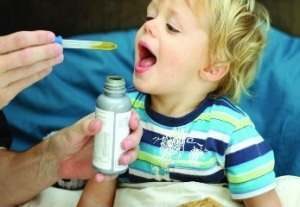 To prevent infection in the mouth and thrush of the mouth, breastfeeding moms should have their breasts tested for the presence of the Candid sp. Likewise, the toys that their children play must always be sterile. Diaper and skin rashes are oftentimes caused by yeast and fungi. With children, mothers must always change the diapers of their babies and keep the infected area as clean and as dry as possible. An over-the-counter drug known as Mycelex Troche can be used to treat mild skin infections. Mycelex Troche contains clotrimazole, a chemical known to reduce skin infections. However, more severe cases of skin yeast infections must be diagnosed and treated by a skilled physician. If necessary, pediatricians may prescribe the use of cream and intravenous drugs.
To prevent infection in the mouth and thrush of the mouth, breastfeeding moms should have their breasts tested for the presence of the Candid sp. Likewise, the toys that their children play must always be sterile. Diaper and skin rashes are oftentimes caused by yeast and fungi. With children, mothers must always change the diapers of their babies and keep the infected area as clean and as dry as possible. An over-the-counter drug known as Mycelex Troche can be used to treat mild skin infections. Mycelex Troche contains clotrimazole, a chemical known to reduce skin infections. However, more severe cases of skin yeast infections must be diagnosed and treated by a skilled physician. If necessary, pediatricians may prescribe the use of cream and intravenous drugs.
Treatment for Yeast Infection
Irritation and itching experienced in the vaginal vagina are commonly caused by yeast. To treat this, chemicals with antifungal properties must be used. Products such as Gynazole 1 have an active ingredient called butoconazole that acts as an antifungal. Other products such as Femcare, Mycelex-G, and Gyne-Lotrimin all contain clotimazole, also known to act as an antifungal. To treat vaginal thrush, Monistat 3, 5,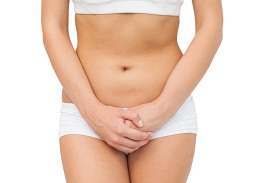 and 7, Micon 7, and M-Zole dual packs can be used. Lastly, Monistat 1 and Vagistat 1 both contain tioconazole, an antifungal agent used to treat vaginal thrash. All products and chemicals stated must be applied to the vaginal area for about 7 days. With this treatment, the infection caused by the yeast must subside after a week however, if signs and symptoms of yeast infection persist, consult a medical professional. Pregnant women can risk losing their babies if they take medications without prior consultation of their doctors. Only medical doctors are allowed to prescribe medications. To avoid other severe complications, consult with a medical doctor.
and 7, Micon 7, and M-Zole dual packs can be used. Lastly, Monistat 1 and Vagistat 1 both contain tioconazole, an antifungal agent used to treat vaginal thrash. All products and chemicals stated must be applied to the vaginal area for about 7 days. With this treatment, the infection caused by the yeast must subside after a week however, if signs and symptoms of yeast infection persist, consult a medical professional. Pregnant women can risk losing their babies if they take medications without prior consultation of their doctors. Only medical doctors are allowed to prescribe medications. To avoid other severe complications, consult with a medical doctor.
TOP 5
YEAST INFECTIONTreatments |
|||||
| YeastClear | Candida Gone | Vagi-Soothe | CandiGONE | Yeastrol | |
|---|---|---|---|---|---|
| 1 | 2 | 3 | 4 | 5 | |
| Price (1 bottle) Price (6 bottles) Best Value |
$49.95 $139.70 |
$39.95 $239.70 |
$39.95 $239.70 |
$34.19 $295.14 |
$29.95 $179.70 |
| Overall Rating | 99.3% | 77% | 72.5% | 63.2% | 61.5% |
| Performance* |





|





|





|





|





|
| Speed of Results* | Extremely Fast | Good | Average | Slow | Slow |
| Quality of Ingredients | Premium | Good | Average | Average | Average |
| Customer Satisfaction Evaluation | 99.4% | 76.5% | 74.2% | 67.1% | 60.5% |
| Safety Evaluation | Safe for Use | Safe for Use | Safe for Use | Safe for Use | Safe for Use |
| Customer Service Rating |





|





|





|





|





|
| Reorder Rate | Highest | Good | Good | Average | Average |
| Return Policy | Risk Free | Unopened | Good | Risk Free | Unopened |
| Success Rate | 99.6% | 78.3% | 74% | 71.1% | 68.5% |

 Subscribe Now
Subscribe Now







